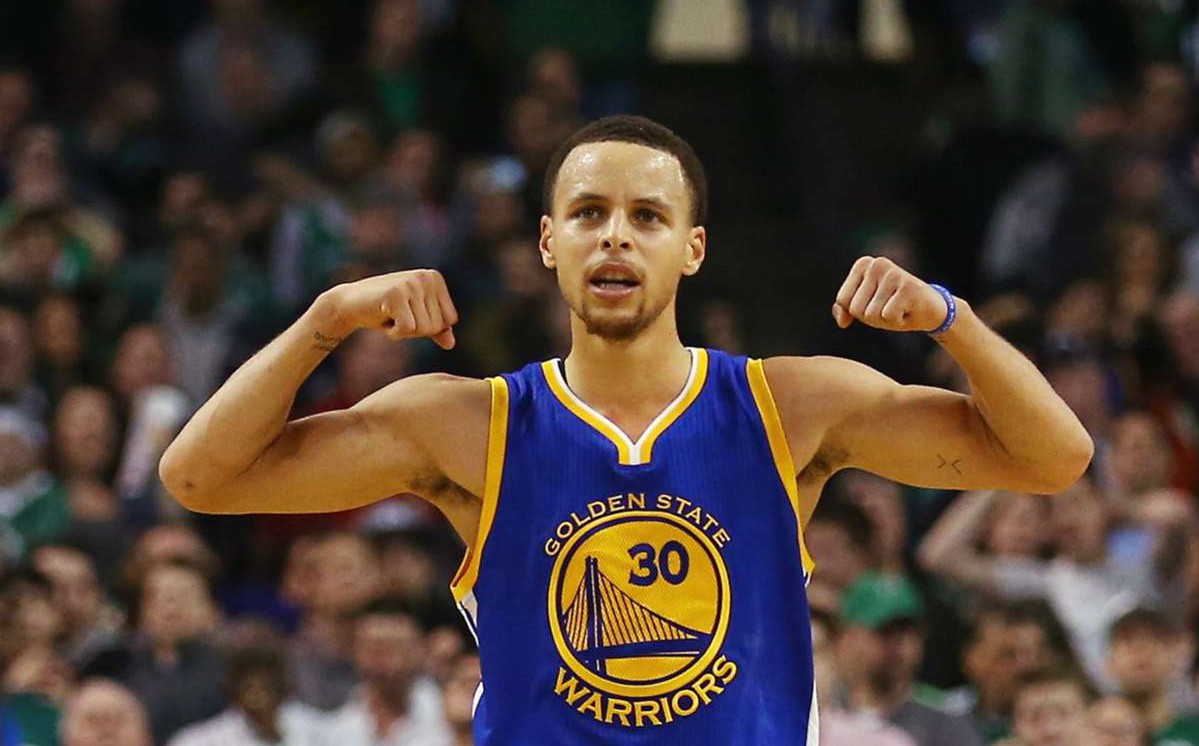Correlations have been a popular topic in fantasy sports for a while and for good reason – we’re always looking to take down that big tournament and we need as much upside as we can get to do so. I’ve written extensively about correlations in NFL and MLB DFS, but the hard sport to really nail down in this regard is NBA. Correlations don’t really exist, outside of trying to pair an elite passer with assist upside with a big man who relies on those assists for scoring. In general, however, most teammates are negatively correlated.
But that doesn’t mean that there aren’t correlated plays in NBA DFS and that they aren’t important in GPP lineups. I just think they’re a bit hidden since they’re not teammate correlations. My proposal to find correlations in NBA DFS is this: use thought ladders.
I don’t know if that’s an actual phrase that exists, but for the purpose of this article it does. Here’s what I mean. In GPPs, you have to make an assumption – really, every single time you select a player you are making an assumption. If you take James Harden, you’re assuming that he is going to go off and be the best stud play of the night. If you take Lavoy Allen, you’re assuming he’s going to be a great value play and exceed his salary-based expectation.
And when you assume one thing, it has further implications for your lineup. Let’s say James Harden is playing the Golden State Warriors and you put him in your lineup because you think he’s going to have a great game and get close to that 70-point potential he has. Now think: what else would happen in that game if that occurred? My first thought is that it would be a close game between the Warriors and Rockets, which would thus lead Stephen Curry to actually get a full allotment of minutes. Upgrade, Steph and Warriors starters.
Create a thought ladder for your GPP lineups. Start with a play you definitely want in that specific lineup and work your way down. Let’s try another one that I actually thought about the other day (and bounced this idea back and forth with Justin Phan, so I want to give him credit too).
- A way to be contrarian in a GPP lineup is to target a low-total game. Let’s look at Bulls-Pacers.
- If they were going to get into a shoot-out, who would benefit? Definitely Monta Ellis who is going to take over PG duties from George Hill and have high usage. Let’s put him in.
- Speaking of George Hill (he’s a great defender) and shoot-outs, both of those would bump up Derrick Rose a ton. Also, Jimmy Butler has Paul George duty, so he’ll be limited on offense. Let’s add Rose to the lineup.
We could go further with the whole lineup, but you get the point. By going contrarian and playing Bulls-Pacers, I’m making assumptions about how the night will go. Then, I’m following the thought ladder to reap all possible benefits from the situation if it actually occurred. I’m not getting correlation from teammates like in NFL and MLB, but I am getting it from the situation and my thought processes.
So, in NBA GPPs, start with an assumption – it might be a statistically improbable one, but that’s a situation you need to be on to win GPPs – and then follow it through. Okay, so the Blazers are playing the Spurs. If you’re assuming Kawhi Leonard guards C.J. McCollum, then does that bump up Damian Lillard who will have to increase his usage? Does that downgrade Kawhi because he’s dealing with the potent backcourt and thus bump up LaMarcus Aldridge?
Every cause has an effect (sorry if you’re having nightmares of high school physics class). Utilize that knowledge to get upside into your GPP lineups. Completely sell out to your assumptions. While they may be statistically improbable, if they do occur that night, you will have set your GPP lineup to completely reap the reward of that event. Correlate your thoughts.





